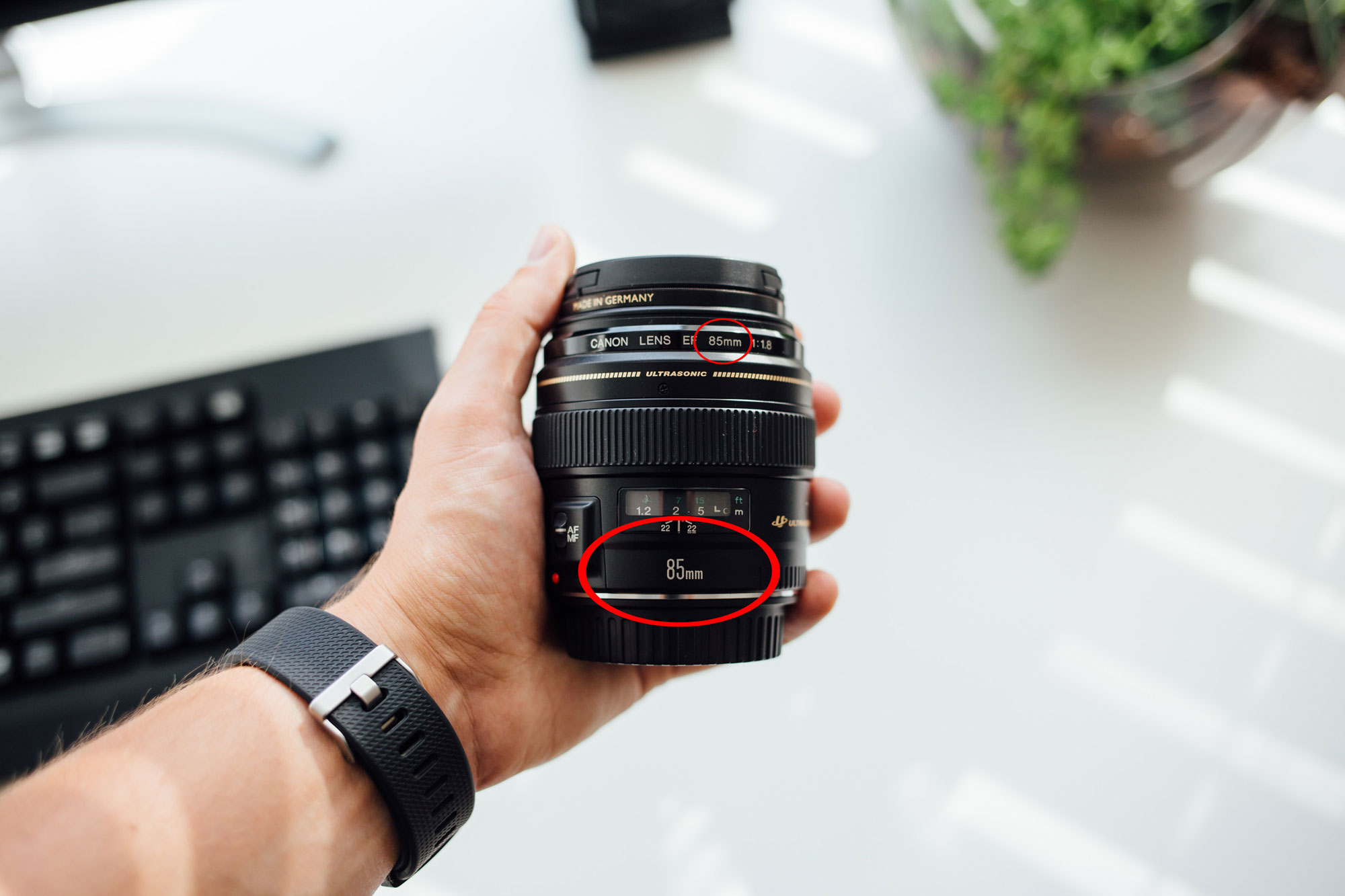MM on a camera lens, what does it mean? mm is short for millimetres. The simplest way to describe it’s use in the context of camera lenses is this: the lower the number in mm the wider the pictures, the bigger the number in mm, the more zoomed in the picture is. Let’s dig a little deeper.
In this article, we’ll explore the history of mm in lens measurements, how it translates into field of view, and what factors dictate the cost of certain lenses.
The history of mm in lens measurements dates back to the early days of photography. When lenses were first invented, they were typically made of a single bit of glass, the distance between the lens and the film was measured in mm, and voila, that’s how focal length was born. This measurement became a standard way to describe lenses, and it has persisted to this day.
What does mm in camera lenses tell us?
So, what does the mm measurement actually tell us about a lens?
In simple terms, the mm measurement of a lens tells us how much of a scene you can see when looking through it.
A 17mm lens will let you see a really wide scene.

A 200mm lens will be very ‘zoomed in’, you’ll only be able to see a tiny part of a scene.

An easy way to consider what the lens can see is to think of your own eyes.
If you think of your own field of vision as being the same as a 35mm lens, then you can appreciate that a 20mm lens would allow you to see more of the scene, and a 85mm lens would be more zoomed in than your eyes are.
A lens measurement in mm is called it’s focal length
Lenses with focal lengths that are shorter than normal (i.e. less than 50mm) are known as wide-angle lenses. These lenses are able to capture a wider field of view than normal lenses, which can be useful for landscapes, architecture, and other situations where you want to capture as much of the scene as possible.
Conversely, lenses with focal lengths that are longer than normal (i.e. greater than 50mm) are known as telephoto lenses. These lenses are able to capture a narrower field of view than normal lenses, which can be useful for portraits, sports, and other situations where you want to isolate your subject from the background.
It’s worth noting that the mm measurement of a lens isn’t the only factor that determines its field of view. Other factors, such as the size of the camera’s image sensor, also play a role.
For example, on a camera with a smaller image sensor (such as a APS-C sensor), a 50mm lens would actually behave more like a telephoto lens, because the smaller sensor crops the image and makes the field of view narrower.
Why are some lenses more expensive than others?
So, what dictates the cost of certain lenses? There are a number of factors that come into play, including the quality of the materials and construction, the complexity of the lens design, and the intended use of the lens.
Generally speaking, lenses with wider apertures (i.e. lower f-numbers) tend to be more expensive, because they require more glass and more precise construction to achieve the wider aperture. Additionally, lenses with more advanced autofocus systems or image stabilization technology are typically more expensive, because these features require more advanced electronics and engineering.
Another factor that can impact the cost of a lens is the intended use. Lenses that are designed for professional use (such as those used by photojournalists or wedding photographers) often command a higher price, because they need to be weather sealed to withstand use in the rain, sand, extreme cold and heat.
In conclusion, the mm measurement of a camera lens refers to its focal length, which determines its angle of view and how it captures images. Understanding mm can help you choose the right lens for your needs, whether you’re looking for a wide-angle lens to capture landscapes or a telephoto lens for portraits.
